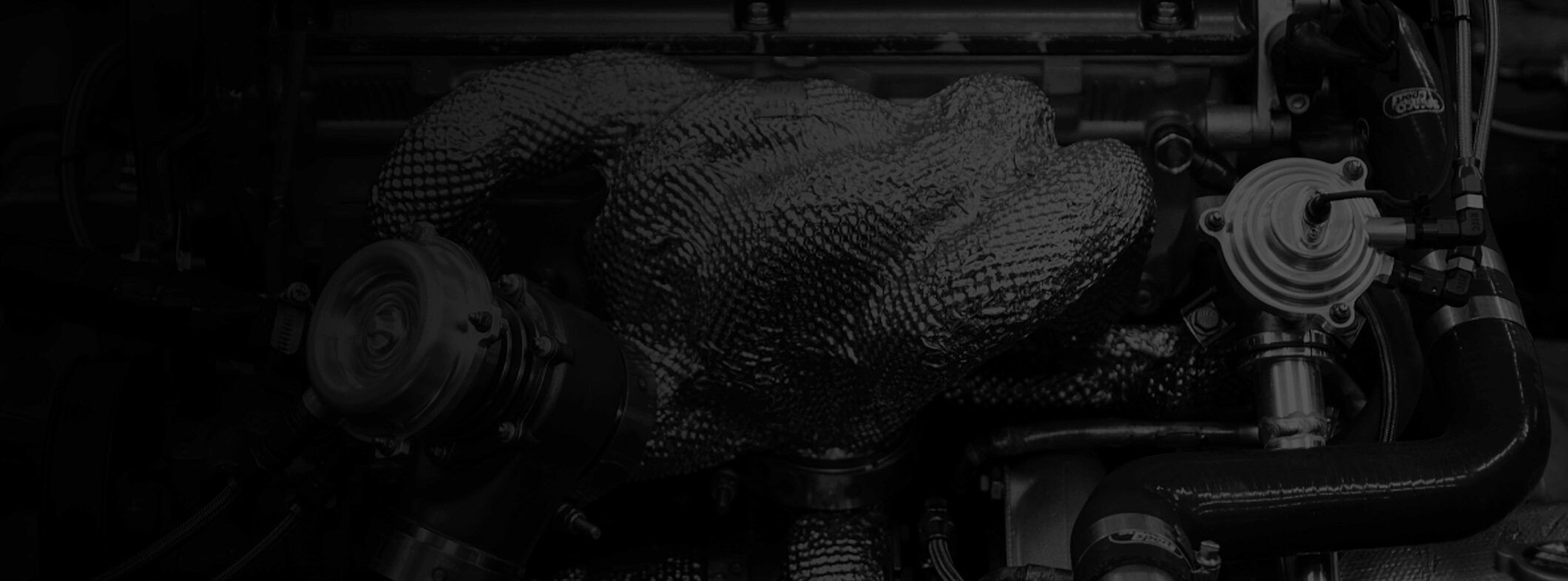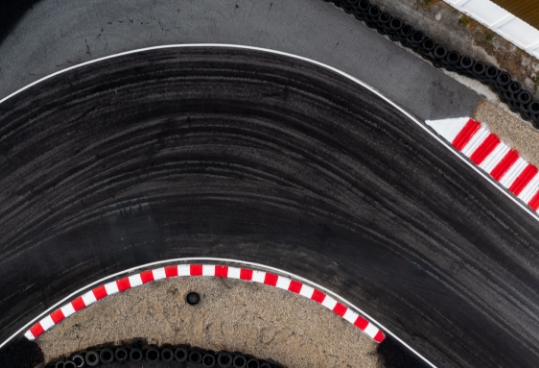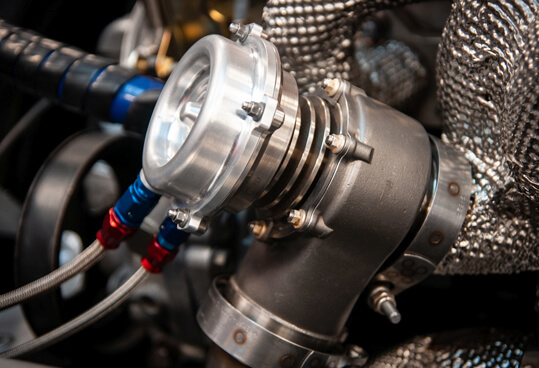Maintaining peak performance in motorsport vehicles requires more than just skilled driving – it also involves meticulous upkeep of critical components like wastegates and ALS valves. These essential parts play a vital role in managing boost pressure and optimising engine performance on the track. In this comprehensive maintenance guide, we'll delve into the best practices for maintaining wastegates and ALS valves to ensure your motorsport machine is always running at its best.
Understanding wastegates and ALS valves
Wastegates and ALS valves are integral components in turbocharged engines, regulating boost pressure and controlling exhaust flow for optimal performance. Regularly maintaining these components is crucial to prevent issues and maintain consistency during races. Here are a few points you should check to ensure your wastegate and ALS valve remain in good condition:
Pre-maintenance checks
Before beginning any maintenance procedures, it's crucial to conduct thorough pre-checks to ensure both safety and efficiency. Take the time to gather all necessary tools and materials, and observe necessary safety precautions to prevent accidents.
Additionally, it's essential to prepare the workspace properly. Ensure you have adequate lighting and ventilation, and clear any clutter that may obstruct your work area. Having a clean and organised workspace promotes safety and makes the maintenance process more manageable and efficient.
Cleaning and inspection
Begin the maintenance process by thoroughly cleaning and inspecting wastegates and ALS valves. Utilise appropriate tools such as brushes, solvents, and compressed air to ensure a meticulous cleaning process. Pay close attention to areas prone to wear and tear, including seals, bearings, and moving components.
When cleaning, removing any accumulated dirt, debris, or residue that may impede performance or cause damage over time is essential. Use solvents or cleaners recommended by the manufacturer to effectively dissolve and remove stubborn contaminants without causing harm to sensitive components.
Adjustment and calibration
Proper adjustment and calibration of wastegates and ALS valves are essential for optimal performance. Fine-tune settings such as boost levels, actuator preload, and valve timing to achieve precise control and responsiveness. Utilise diagnostic tools and data logging systems to monitor performance and make necessary adjustments.
Troubleshooting common issues
While wastegates and ALS valves are engineered for reliability, they occasionally encounter issues affecting performance. Here are some common problems you may encounter and steps to troubleshoot them effectively:
Boost spikes
Boost spikes occur when an unexpected surge in boost pressure exceeds the desired levels. If not addressed promptly, this can lead to power delivery inconsistencies and potential engine damage. To troubleshoot boost spikes:
- Check for leaks in the boost system, including hoses, couplings, and connections.
- Inspect the wastegate actuator and ensure it's functioning correctly, adjusting preload if necessary.
- Verify that the wastegate valve is sealing properly and not sticking open, causing excessive boost.
Flutter
Flutter is characterised by rapid fluctuations in boost pressure, often accompanied by a fluttering sound. This can be caused by inadequate wastegate control or insufficient airflow through the system. To troubleshoot flutter:
- Verify that the wastegate is sized appropriately for the engine's power output and boost levels.
- Check for restrictions in the exhaust system that may be impeding exhaust flow and causing pressure fluctuations.
- Adjust wastegate settings to achieve smoother boost control, ensuring the wastegate opens and closes smoothly without hesitation.
Valve sticking
Valve sticking can occur when ALS valves fail to open or close properly, impacting engine performance and responsiveness. This can be caused by debris build-up, corrosion, or mechanical issues within the valve assembly. To troubleshoot valve sticking:
- Inspect the ALS valve for signs of contamination or debris build-up, and clean or replace components as necessary.
- Check for corrosion or rust on the valve shaft or housing, and lubricate or replace affected parts to restore smooth operation.
- Verify that the valve actuator is functioning correctly, adjust tension, or replace worn components if needed.
Inconsistent boost control
Inconsistent boost control can result from various factors, including wastegate malfunction, boost leaks, or inadequate tuning. To troubleshoot inconsistent boost control:
- Conduct a boost leak test to identify any leaks in the system, repairing or replacing damaged components as necessary.
- Verify that the wastegate is operating within its specified range and adjust settings as needed to achieve consistent boost levels.
- Review engine tuning parameters to ensure they're optimised for the specific application, adjusting as necessary to achieve desired performance.
Maintenance schedule and best practices
Establish a regular maintenance schedule for wastegates and ALS valves based on mileage or race intervals. Implement best practices for storage and handling during off-season periods to prevent corrosion or deterioration. Keep detailed records of maintenance activities and performance data for future reference and analysis.
Regular maintenance of wastegates and ALS valves is essential for maximising performance and reliability in motorsport vehicles. By following the guidelines outlined in this maintenance guide, you can ensure your machine is always race-ready and performing at its peak.
Ready to elevate your motorsport vehicle's performance? Contact DSPS Engineering today to explore our range of high-performance wastegates and ALS valves. Our expert team is here to support you every step of the way, ensuring your vehicle is always race-ready.




